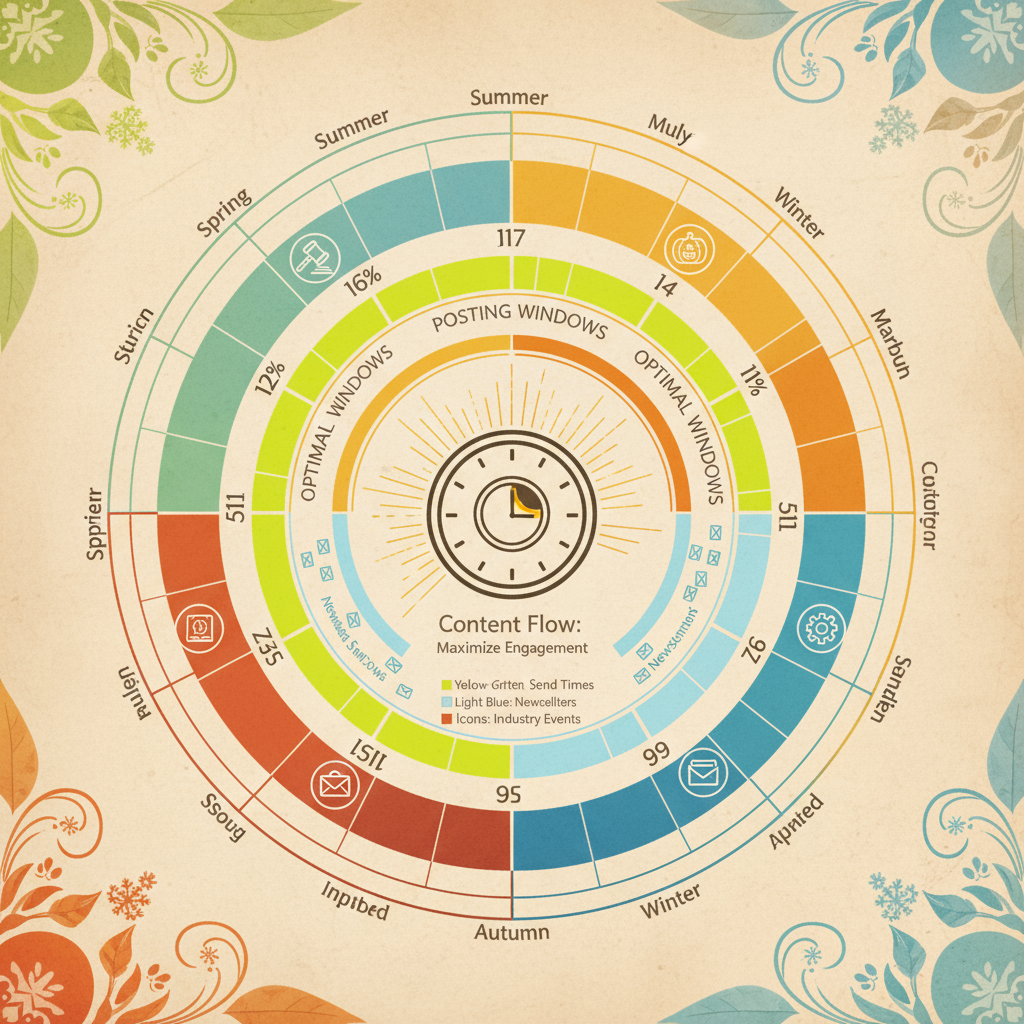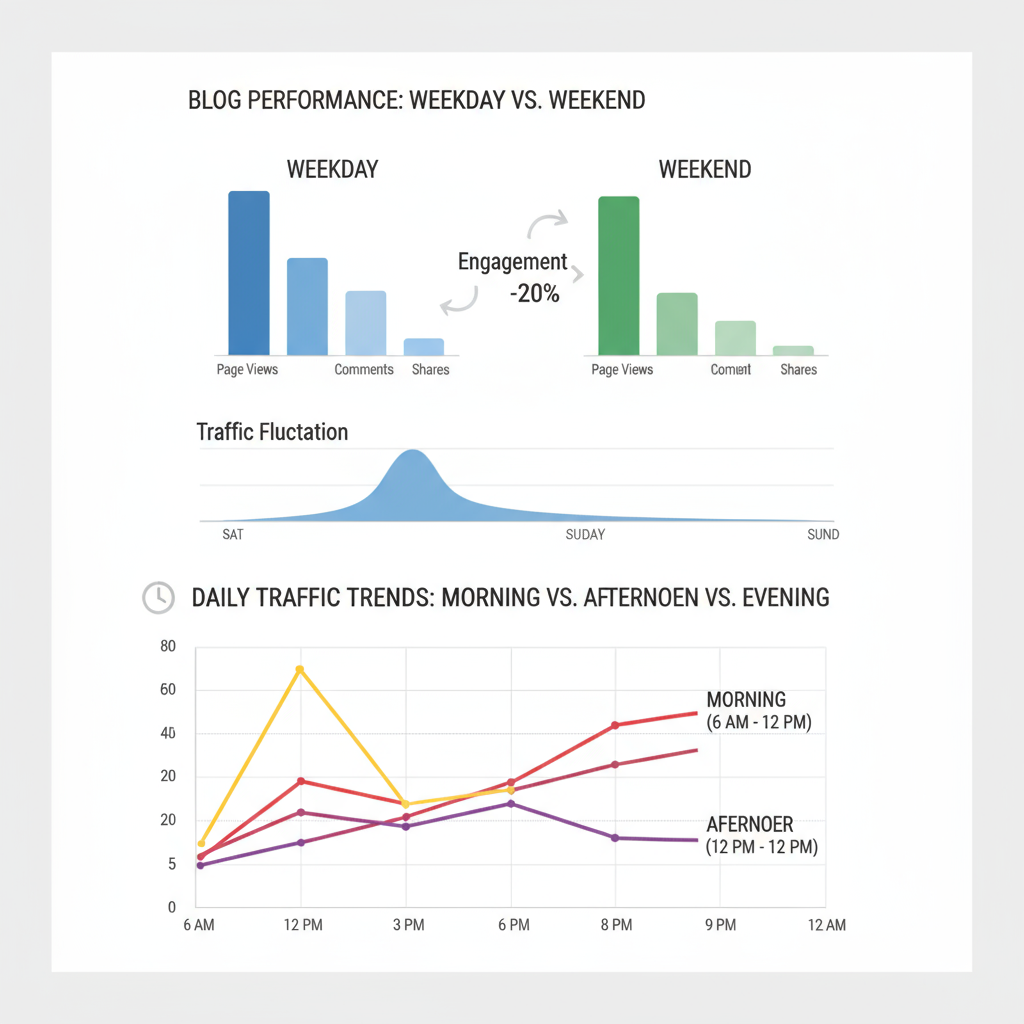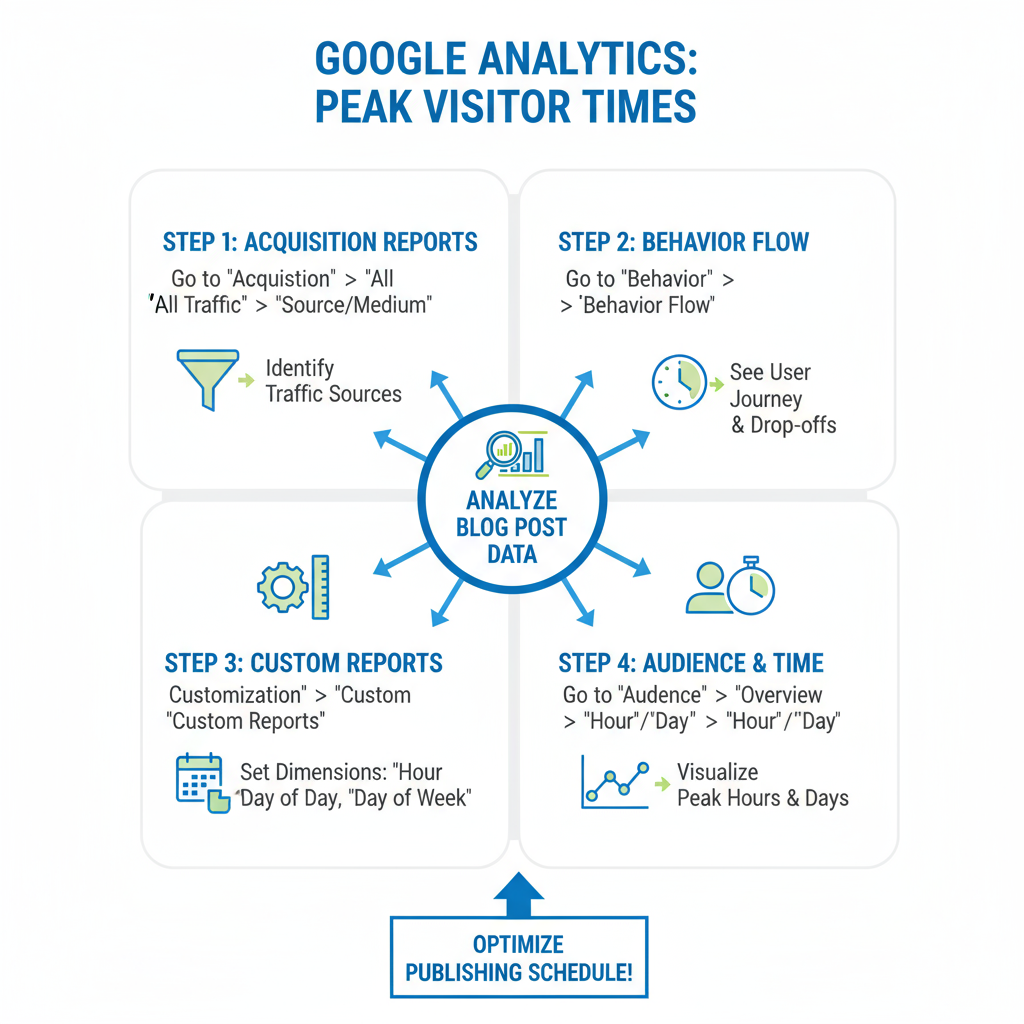Best Time to Post on a Blog to Increase Traffic
Learn how to find the best blog posting times using audience habits, analytics, and seasonal trends to boost traffic, engagement, and conversions.

Best Time to Post on a Blog to Increase Traffic
Finding the best time to post on a blog can dramatically increase your traffic, improve engagement, and boost conversions. When your publishing schedule aligns with your readers’ habits and time zones, posts are more likely to be read, shared, and acted upon. This article will walk you through proven strategies, practical tips, and data-driven methods to identify the optimal posting times for your blog.

---
Understand Your Target Audience’s Time Zones and Habits
The first step is knowing where your readers are located and how they consume content. Publishing when your audience is awake and active significantly increases the chance of immediate interaction.
Key actions:
- Use Google Analytics to pinpoint your top traffic countries.
- Identify peak reading hours for major regions.
- Factor in cultural habits—commuting times, lunch breaks, and evening leisure.
For example, if most readers are in the U.S. East Coast, posting between 8–10 AM EST can reach them during morning coffee or early work breaks.
---
Analyze Historical Traffic Data from Google Analytics
Google Analytics can help you uncover the times your audience visits most often. The "Hour of Day" metric is particularly useful.
Steps:
- Navigate to Audience > Behavior.
- Add the time-based dimension.
- Segment by weekdays/weekends for detailed insights.
Review historical post performance to identify high-engagement slots—this prevents relying on guesswork and makes decisions data-backed.

---
Compare Weekday vs. Weekend Blog Performance
Audience behavior can differ greatly between weekdays and weekends, especially in niche markets. B2B blogs often perform better mid-week, while lifestyle blogs may peak on weekends.
Below is a comparison framework:
| Audience Type | Best Days | Reason |
|---|---|---|
| B2B Professionals | Tuesday–Thursday | Mid-week productivity peaks |
| Tech Enthusiasts | Weekends | More leisure time to research products |
| Travel & Lifestyle | Friday–Sunday | Planning trips and leisure activities |
---
Evaluate Morning, Afternoon, and Evening Publishing Windows
The time of day matters almost as much as the day you post.
- Morning: Ideal for actionable, educational content—people check feeds and email early.
- Afternoon: Midday slump may reduce engagement, but flexible industries can maintain steady traffic.
- Evening: Great for consumer-focused niches where readers browse after work or school.
Tip: Test each time slot over several weeks to measure its effect on readership.
---
Consider Seasonal Trends and Industry-Specific Events
Seasonal and industry-specific timing can boost performance:
- Retail blogs post ahead of holidays like Black Friday.
- Travel blogs publish more before vacation seasons.
- Tech blogs align with product launches or conferences.
Keeping track of these events ensures your content remains relevant and timely.

---
Align Posting Schedule with Email Newsletter Sends
Integrating blog posts with email newsletters can multiply engagement. If a newsletter goes out Wednesdays at 9 AM, post new content right before—so subscribers immediately see fresh material.
Benefits:
- Spike in click-through rates by linking to recent posts.
- Higher subscriber retention through predictable value.
- Stronger brand alignment between email and blog.
---
Test and Measure Posting Days and Times Over 4–6 Weeks
An effective schedule isn’t guesswork—it’s tested. Try posting at varied times over a 4–6 week period:
- Weeks 1–2: Mornings.
- Weeks 3–4: Afternoons.
- Weeks 5–6: Evenings.
Record metrics like page views, time on page, and conversion rates to determine top-performing slots.
---
Use Social Promotion Timing to Complement Blog Publishing
Maximize reach by pairing blog publishing with social media promotion:
- Share on Twitter or LinkedIn right after publication.
- Optimize Instagram/Facebook posts for audience peak times.
- Reshare links multiple times with fresh captions.
Strategic social timing maintains momentum beyond the initial publish.
---
Adjust Schedule Based on Engagement Metrics and Bounce Rate
After testing, monitor:
- Engagement: comments, shares, likes.
- Bounce rate: signals whether readers stay or leave quickly.
- Average time on page: indicates relevance and quality.
Make schedule adjustments informed by this data for sustained results.
---
Create a Consistent Posting Routine to Build Loyalty
Once you have data-backed optimal times, consistency keeps readers returning. Both humans and search engines reward regular updates.
Structure your content calendar:
- Set fixed publishing days.
- Assign themes to days (e.g., Tuesday tips).
- Sync with promotional activities.
Regularity builds trust and strengthens brand recall.
---
Summary and Next Steps
Finding the best time to post on a blog is a blend of analytics, audience understanding, and seasonal awareness. By combining these insights with consistent testing and coordinated promotion, you can boost engagement, traffic, and loyalty.
Action Tip: Start applying these strategies today—test across different days and times, measure results, and refine until you find the schedule that consistently delivers peak performance.




